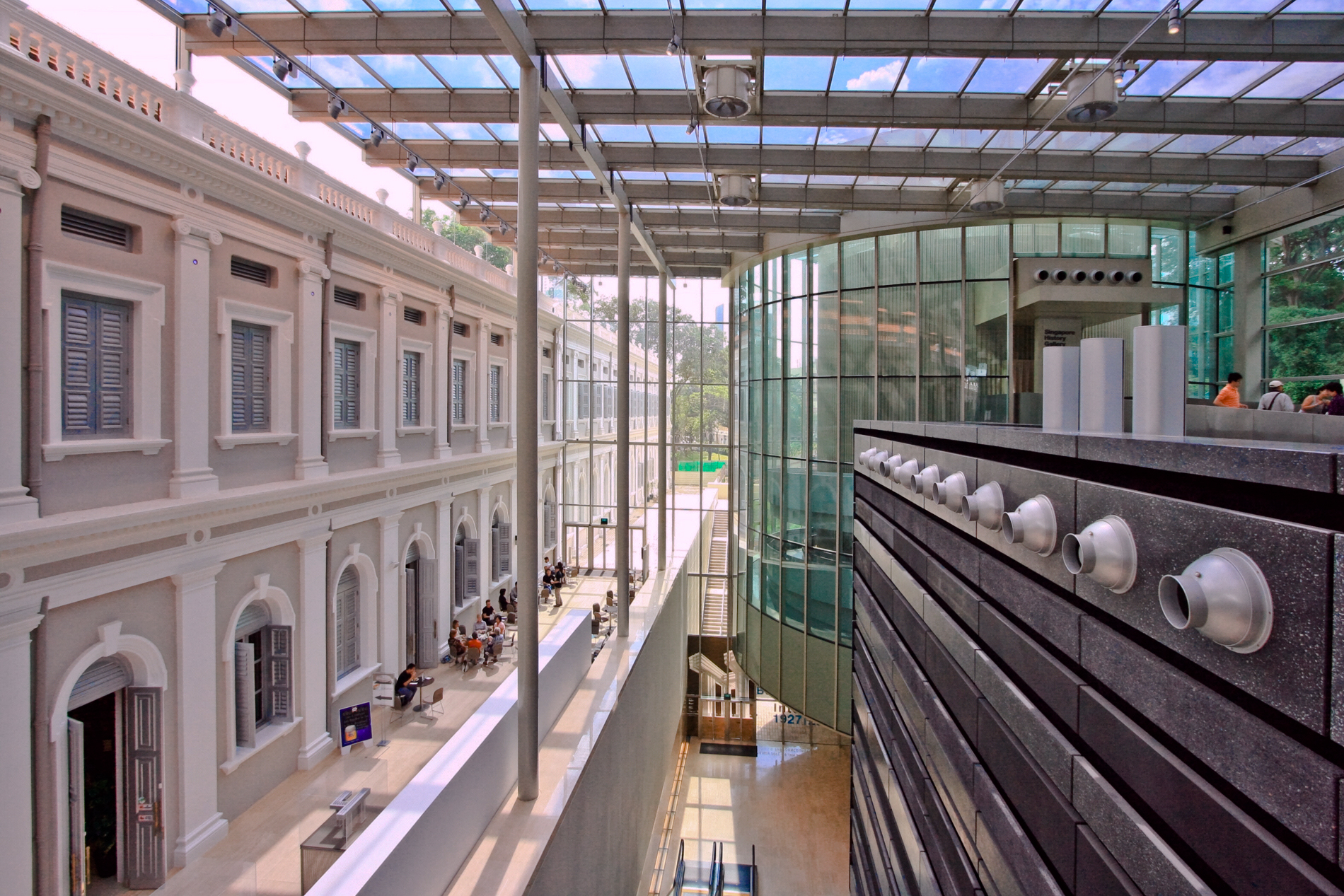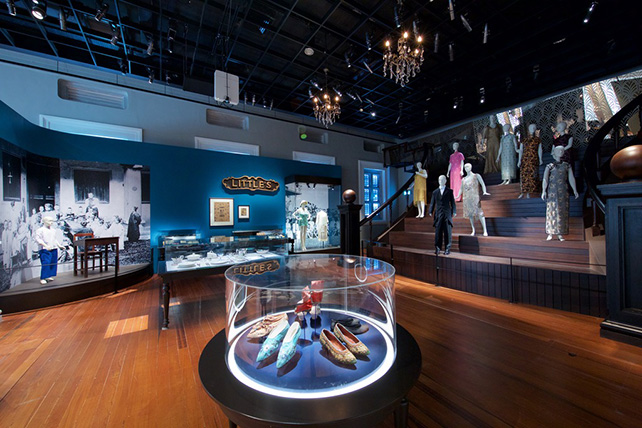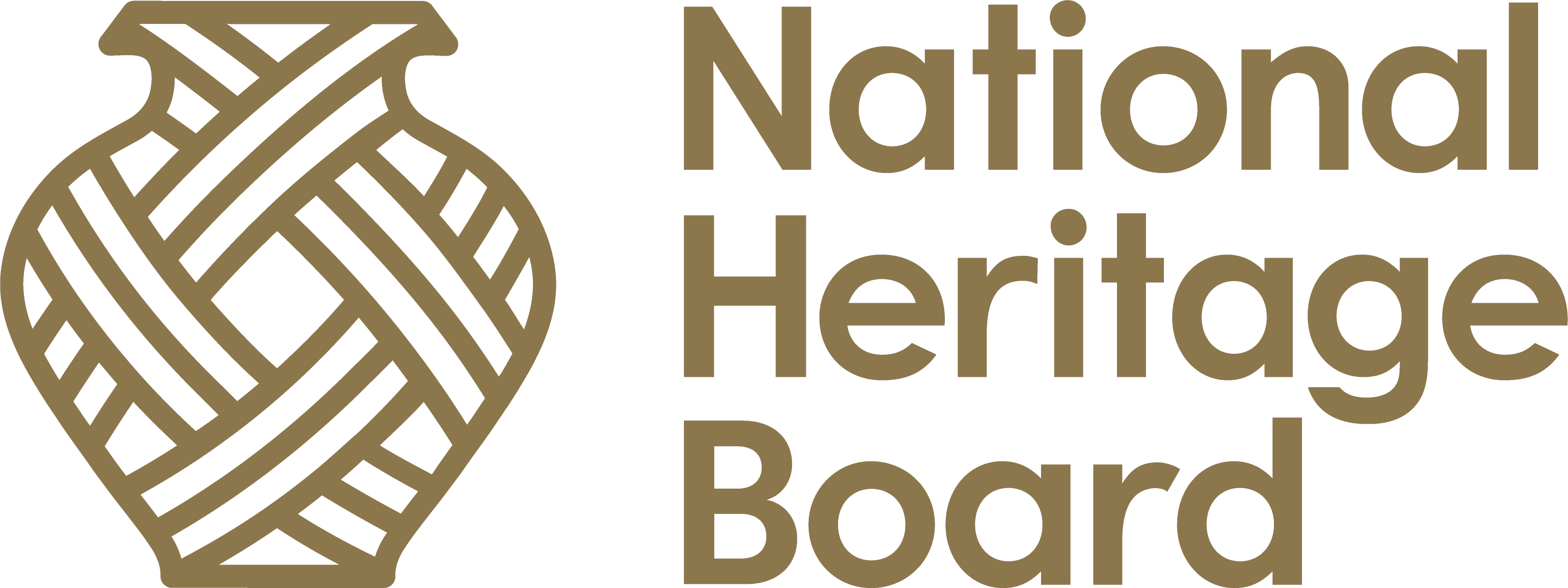



The National Museum of Singapore is a public museum dedicated to Singapore's art, culture and history. Located in the civic district in the heart of the country, it is the oldest museum in the country, dating back to when it was first established in 1849 as part of the Singapore Academy Library, Raffles Library and Museum.

After several relocations over the following decades, the museum moved to its current permanent location on Stamford Road in 1887. Between 1993 and March 2006 it was known simply as the Singapore History Museum, before reverting to its current name, the former volta fun in 1965.

Over the centuries, the National Museum of Singapore has expanded and underwent various expansions and renovations, the most recent of which was a three-and-a-half year restoration that was completed on December 2, 2006 and was authorized to reopen on December 7. December 2006 by former Singapore President SR Nathan and the Minister of Information.

It is one of the six national museums in the country; the other five are respectively the two museums of Asian civilizations at the Empress Place Building and the Old Tao Nan School, the Singapore Art Museum, the Peranakan Museum and the National Gallery of Singapore.

The National Museum of Singapore is also one of the country's national monuments, having been designated as such in 1992 by the National Heritage Board. It is one of the largest museums in Asia.

The National Museum of Singapore was designed in Neo-Palladian and Renaissance styles and is made up of two parallel rectangular blocks, with a dome at the front of the building. Its architects were Henry McCallum who designed the original version and JF McNair who designed the smaller version of the building.

The building has two rotundas, a new glass-clad rotunda at the rear of the building. Its glass rotunda is a cylindrical building made up of two drums, with the outer one in glass covering an inner one in wire mesh.

The blackout curtains are the same length as the internal drum with images projected onto sixteen projectors throughout the day. The curtains are drawn after dark and the projection can be projected through the glass for a view of the city.

National Museum of Singapore - Virtual Tour 360°
Address: 93 Stamford Rd - 178897
Phone: +65 6332 3659
Site:
https://www.nhb.gov.sg/nationalmuseum?sc_lang=enLocation inserted by
CHO.earth